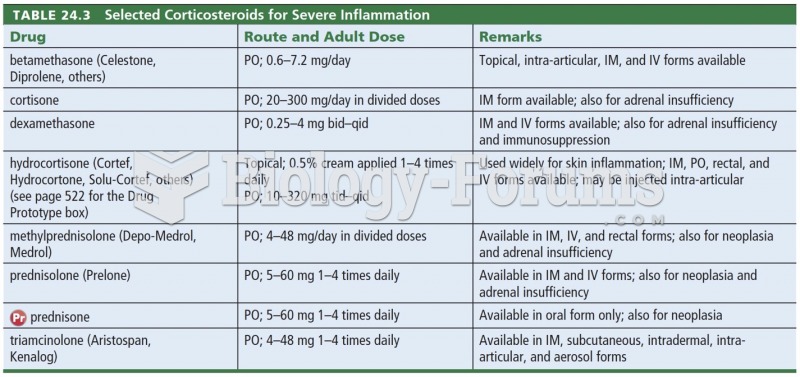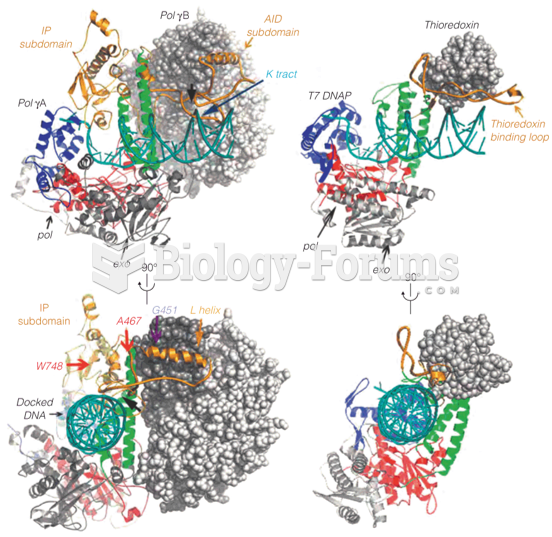Answer to Question 1
ANS: A
Diverticular disease is prevalent in patients over 60 years of age. Since the sigmoid colon has the smallest diameter of any portion of the colon, it is the most common site for the development of diverticula. Although the pain can be generalized, it is typically localized to the left lower abdomen and is accompanied by tenderness, fever, and leukocytosis. Other symptoms can include constipation or loose stools, nausea, vomiting, and positive stool occult blood. With diverticulitis, there is an increased risk of perforation, which presents with a more dramatic clinical picture as a result of peritonitis. Look for signs of peritonitis, such as a positive heel strike test and/or rebound tenderness.
Answer to Question 2
ANS: C
The most common causes of mechanical obstruction are adhesions, almost exclusively in patients with previous abdominal surgery, hernias, tumors, volvulus, inflammatory bowel disease (Crohn's disease, colitis), Hirschsprung's disease, fecal impaction, and radiation enteritis. Initially, the patient complains of a cramping periumbilical pain that eventually becomes constant. Physical examination reveals mild, diffuse tenderness without peritoneal signs, and possibly visible peristaltic waves. In early obstruction, tinkles, rushes, and borborygmi can be heard. In late obstruction, bowel sounds may be absent. The diagnosis can be made with flat and upright abdominal films looking for bowel distension and the presence of multiple air-fluid levels. CT or MRI may be necessary for confirmation.







